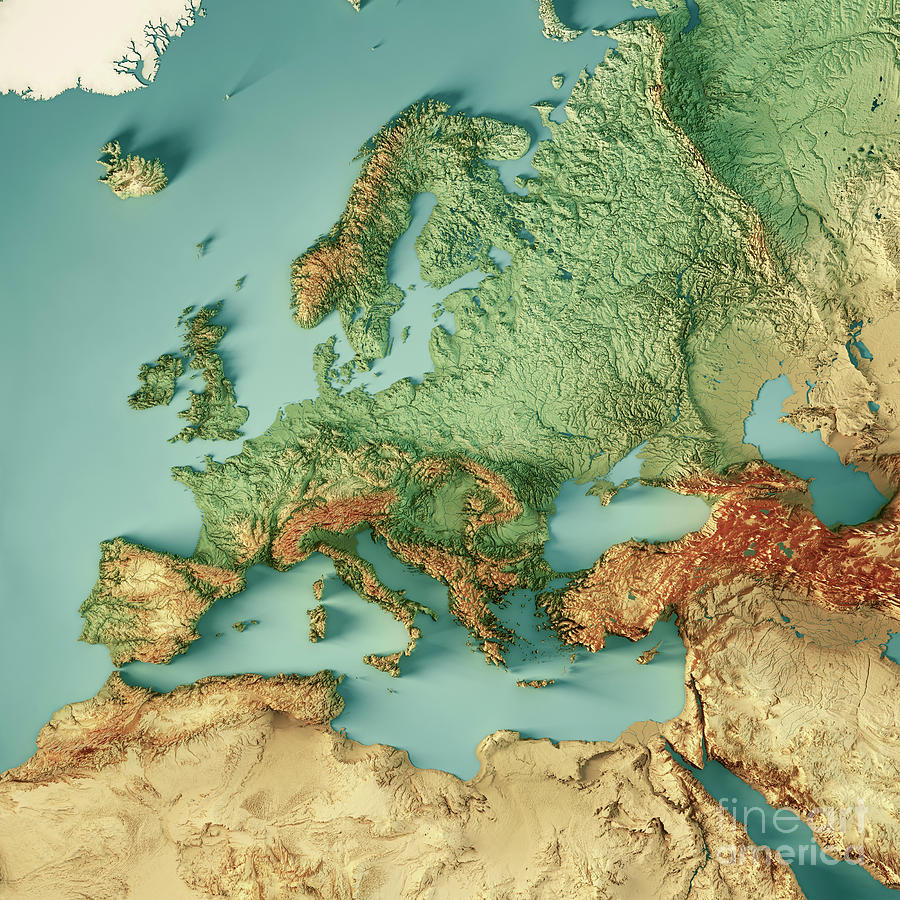Source: https://old.reddit.com/r/MapPorn/comments/1fdij5t/historical_regions_of_europe_beta_version/
Seems to be quite a few litigious points, especially
- Lombardy / Tuscany
- Slovakia
- Galicia in Poland
- Scotland
- Etc.
I’ll follow up on this thread and post the updated version if the author updates it
Additional input from the author
Here is the explanations comment
The main reference maps are here.
This map is based on geographical/historical/cultural regions division of Europe. The base canvas that has been used is Europe-Detailed from MapChart and it sucks because every country is overstretched with some parts like Germany and the Balkans being highly deformed. The overstretched Scandinavia was so unworkable I replaced it with HOI4 MapChart (it was already too late when I discovered MapChart has Paradox Interactive maps). If I make a final version, I will probably use HOI4 provinces as my base canvas because they provide enough fragmentations and countries are not that much deformed.
Since this map is intended to be used for studying History, I tried to focus on historical regions (which are often cultural regions too). When I couldn’t use historical regions because it was too complex or because of a lack of data, I resorted to geographical regions.
So, now here are some details about the regions I chose to display :
- Sweden is not finished. Here is the map I planned to use as my reference for Sweden.
- I am still struggling to understand if the borders of the federations composing current North Caucasia are historical borders or if they were imposed by Moscow after some forced ethnic migrations. So I chose the easy way and displayed the geographical regions.
- Germany’s regionalism is hell because of the HRE. So I assumed that people who are interested in the HRE should rather use more specific maps instead of mine. The regions displayed on my map come from a mix between dialect maps and political entities that have been around for a long time. Brandenburg and Upper Saxony are overstretching on their western part because I didn’t know what to do with Sachsen-Anhalt.
- Russia is largely blank because of the lack of data. From what I understood, people in Russia use either big cities or uezds to refer to a specific location. Using uezds would be the most accurate solution but I am not familiar enough with russian geography to work with such a fragmented Russia so for the time being, I decided to display current oblasts that approximately correspond to either one of the main principalities of the Kievan Rus.
- The Balkans map is mostly based on geographical regions. I am still unsure for Alföld. Gorica is not displayed because it is too small. Baranya is not displayed because the Croatian-Hungarian-Serbian border is already too complex. The coastal region of Toskëria should be Myzeqe but I decided to not display it for now because it was rather small.
- For Switzerland (whose key has been rendered unreadable by the compression) I kept the current county division
If you want to make an improved map or a variation map, feel free to use this unfinished map.
Note : If you have some remarks, I think it would be better to write them on a separate comment and not reply to this one to avoid creating an unending thread of replies.
Note 2 : Feel free to provide more detailed maps of specific regions of Europe, it may save some time for people struggling to find what they want.


First: what time frame is the reference here? We know about different european cultures dating back a couple of thousand years and cultures and borders were ever shifting. Compare the Holy Roman Empire with germanic tribes during the (actual) Roman Empire, or the Frankish realms with celtic tribes before the Roman conquest. OP on reedit says they defined “regions” as locations with borders that were in place for centuries (which has rarely happened throughout the history of Europe) and developed regional cultural identities (which they completely missed).
Second, regarding Germany (especially northern Germany), it’s inaccurate.
For example, what they marked as Oldenburg seems fairly accurate at first glance, but the actual Grand Dutch of Oldenburg existed only from 1815 till 1918 and also included the Dutch of Lübeck at the Baltic Sea and the Dutchy of Birkenfeld in southern Rhineland-Palatinate. You could argue it existed through the Weimar Republic and the Third Rich (adding 27 years to its existence, but 130 years is still not “centuries”). When it became an administrative district in the Federal Republic of Germany 65 years ago, it lost its exclaves Lübeck and Birkenfeld. 65 years is still not centuries.
The region called “Elbe” is even less accurate. It shows only a part of the Elbe-Weser-Triangle, an area that at times was two territories, Bremen and Verden, later the territory Bremen-Verden and was times ruled by the Holy Roman Emperor, Sweden, napoleonic France and the German Reich. But again, what is called “Elbe” here is only a part of said territory and contains Hamburg (which was never part of Bremen-Verden). Also, in more ancient times, it was part of the saxon tribal area, like Holstein, too.
East- and Westphalia are much bigger here than the actual historical regions. Eastphalia was split up in 1180, while Eastwestphalia (yep, this is a thing) and Westphalia still exist today. And all these borders have very little to do with cultural identities. Those close to the coastlines (and by close I mean like almost directly on the dikes) have more in common with each other than with those more inland. People who live by the North Sea in Holstein have more in common with people living in “Elbe” (I hate this name for a region. The Elbe is a river that traverses from Czechia through Bohemia, Saxony, etc all the way into the North Sea) or the coastal areas of Oldenburg than the letters have in common with people in the city of Oldenburg.
Historic regions and cultures are always time specific. If you want to make such maps, decide if you want to make it political or culturalor whatever, and pick a specific time frame you want to depict. Everything else leads to inaccuracies
Seems like you were not the only one complaining: https://old.reddit.com/r/germany/comments/1fabllc/need_help_drawing_historical_regions_of_germany/
I’m not surprised. I get the idea trying to display regions that don’t exist anymore, but it’s an utterly foolish attempt to try and display regions from different time periods and the same map.